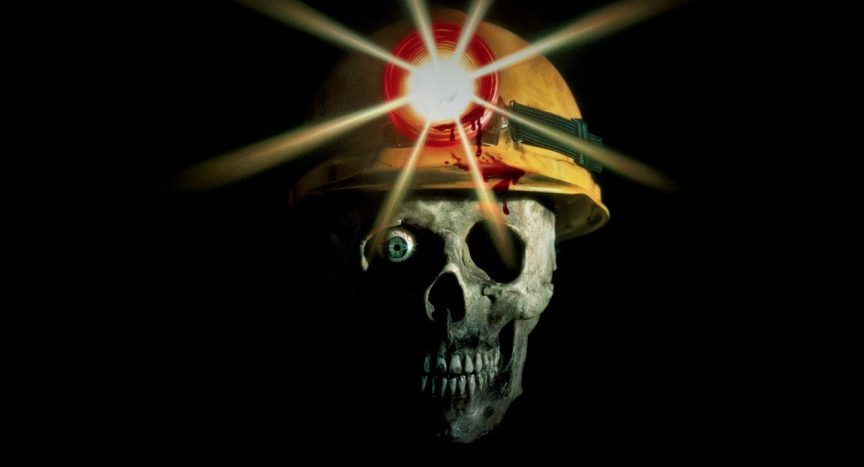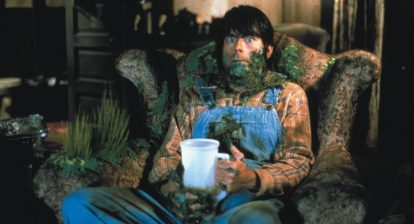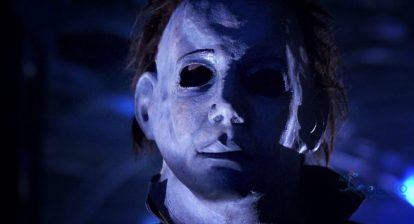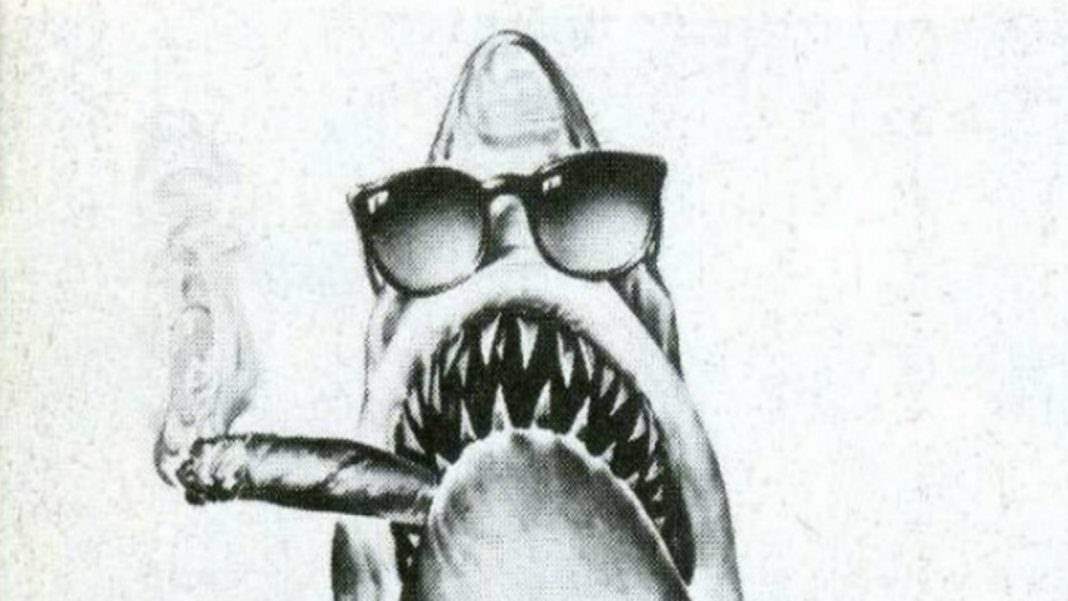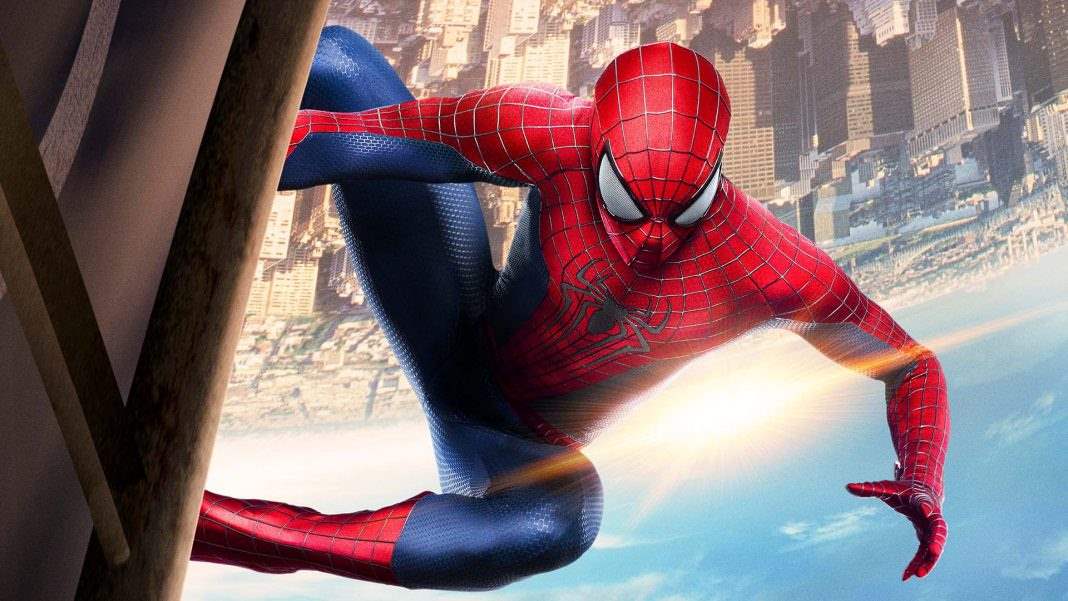Welcome to Script to Pieces, a recurring feature at Wicked Horror where we look at the best, most interesting and at times most unbelievable horror movies that never happened. Sometimes these will be productions that never came together at all, other times, they will be original incarnations that were completely different from what we wound up with. Each should be fascinating in its own way, because the stories of movies that never see the light of day can sometimes be even more interesting than the stories of those that do.
Also See: Script to Pieces: Beyond the Valley of The Texas Chainsaw Massacre
The 1980s were a heyday for Stephen King adaptations in a way that it would seem we’re close to recapturing at the moment, between the upcoming adaptations for both the big and small screen—not to mention all that have been released in the past few years. Reading through issues of Fangoria and GoreZone at the time, it seemed like there was a new King adaptation announced every day. Many of them didn’t happen, while others—even many of the most famous ones—went through many surprising changes of hand. George Romero was originally attached to versions of Salem’s Lot, Pet Sematary and The Stand before those eventually happened. Don Coscarelli was originally going to do Silver Bullet. Larry Cohen had even penned a rejected version of Salem’s Lot before getting the chance to do A Return to Salem’s Lot, his drastically different sequel.
One of the less talked about versions, yet one of the most interesting, is the original incarnation of Graveyard Shift. Based on one of the first stories King ever sold professionally, it centers on a dying Maine mill with a serious rat problem, rats that come in all different terrifying shapes and sizes. Eventually, the story was made into a film from Paramount in 1990, which was hardly well-received at the time but has gained a cult status, to be sure.
Also See: Script to Pieces: The Big Screen Buffy Reboot

Especially when the script was being written by King himself. During the ‘80s, this wasn’t much of a surprise. King had written the adaptations of his work before and during the second half of that decade he seemed to do it even more, penning Silver Bullet, Cat’s Eye, Maximum Overdrive and Pet Sematary himself. But surprisingly, he also had stories rewritten and sometimes the scripts that he turned in were completely scrapped. This had been the case with 1984’s Children of the Corn, which scrapped King’s script in favor of something a little more upbeat.
This is already an insane amount of talent going into an adaptation of a Stephen King short story, but it gets even crazier from there. King’s script was rewritten after a certain point, likely for being too ambitious as the original story is almost Gremlins-esque with its array of different kinds of bizarre rat monsters. But the script was rewritten by someone who you’d absolutely think of as the last person to scale something down or make it less ambitious: Clive Barker.
Also See: Script to Pieces: John Landis’ American Werewolf Part II
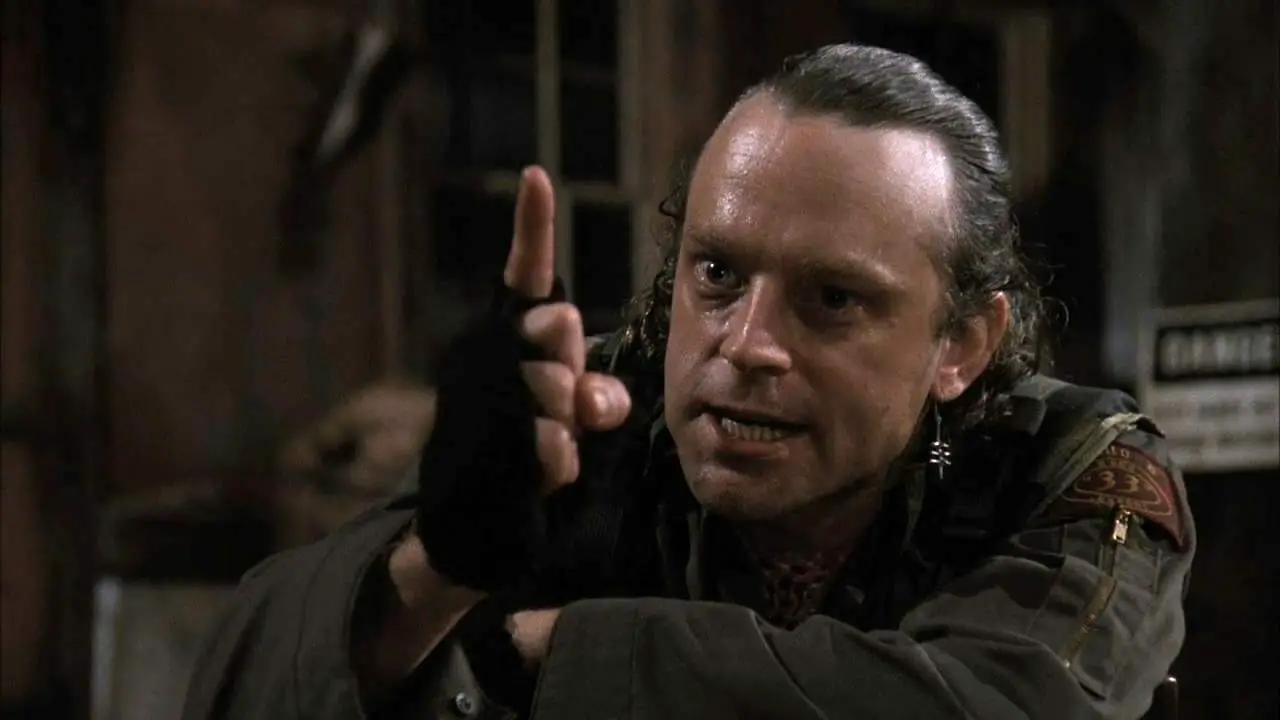 Barker was right at the height of his breakout stardom in the horror community at this point. He’d been championed by Fangoria since the publication of The Books of Blood and had received the career-making quote from Stephen King himself: “I have seen the future of horror and his name is Clive Barker.” On the power of that quote alone, that was enough to make him a clear choice for Graveyard Shift, though it is a little surprising he agreed to do it as his voice is so different from King’s. That’s also, of course, one of the things that would have made it so interesting. Having King, Barker and Savini all come together on this movie would have been absolutely insane to see.
Barker was right at the height of his breakout stardom in the horror community at this point. He’d been championed by Fangoria since the publication of The Books of Blood and had received the career-making quote from Stephen King himself: “I have seen the future of horror and his name is Clive Barker.” On the power of that quote alone, that was enough to make him a clear choice for Graveyard Shift, though it is a little surprising he agreed to do it as his voice is so different from King’s. That’s also, of course, one of the things that would have made it so interesting. Having King, Barker and Savini all come together on this movie would have been absolutely insane to see.
Of course, we didn’t actually see any of it. That’s ultimately what makes this development so wild. This is such a long and star-studded gestation for what is now largely known as a minor effort in a long, long list of King adaptations. King’s script was scrapped, as had been previously done before, most notably on Children of the Corn. The new script was written by John Esposito, who would go on to be a producer on Robert Rodriguez and Quentin Tarantino’s From Dusk Till Dawn, as well as a writer on The Walking Dead. The movie was directed by production manager and second assistant director Ralph S. Singleton. It was his only film.
As an admitted fan of the schlocky 1990 Graveyard Shift, particularly Brad Dourif’s insane performance, I’m nonetheless more of a fan of King, Barker and Savini and can’t help wondering what that could have looked like. Tom Savini still jumped ship to make his directorial debut on another project at the same time: the remake of his buddy George Romero’s iconic Night of the Living Dead. While that is a largely well-regarded movie at this point, it was a notoriously troubled production for Savini and he has never directed another feature film. Being a huge fan of that remake, I’m certainly glad Savini got the chance to direct it. But I’d be lying if I wasn’t endlessly curious as to just what this adaptation from three of the biggest names in horror at the time might have entailed.
Follow us on social media: Twitter, Facebook, Instagram, and Youtube
